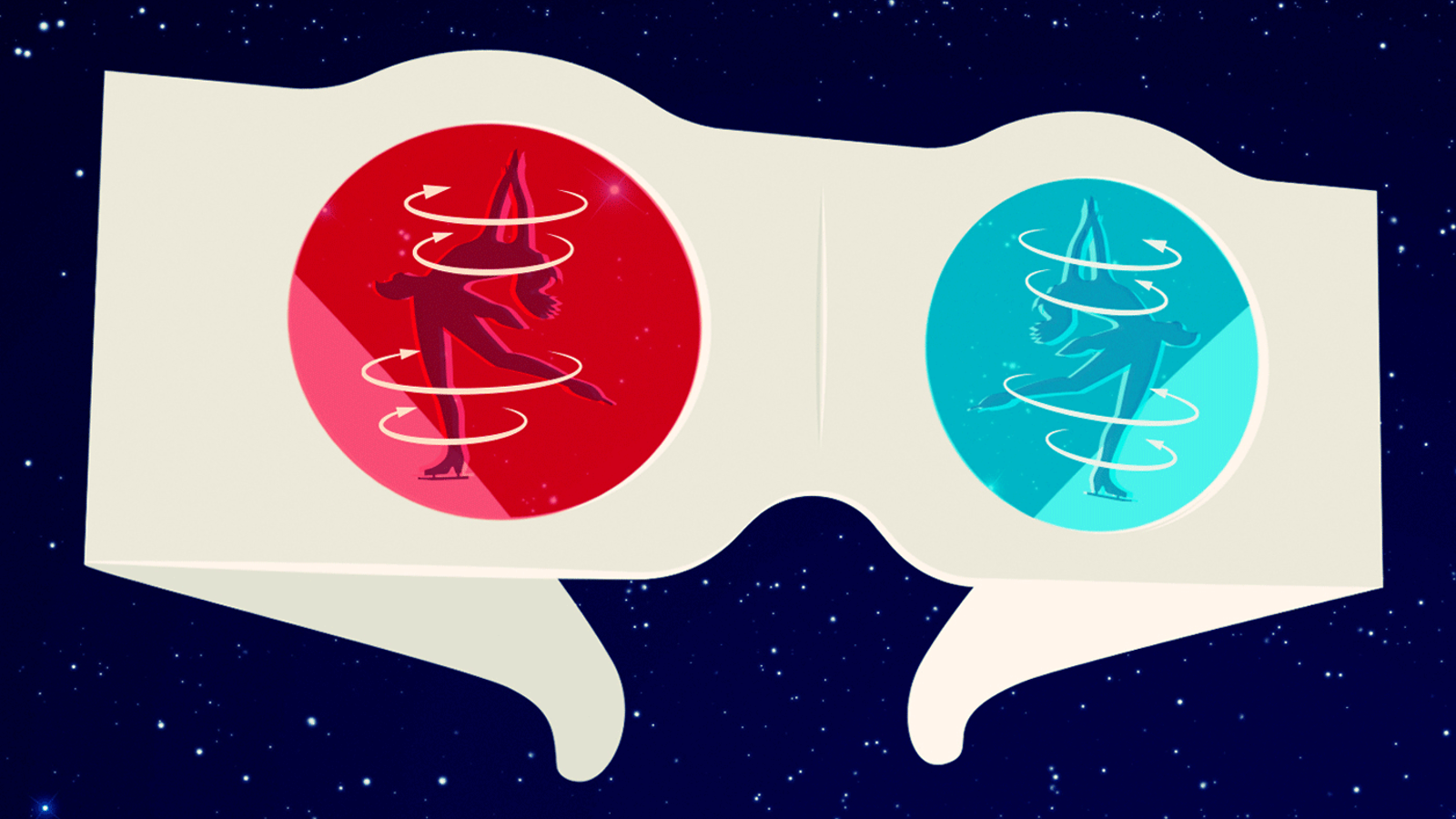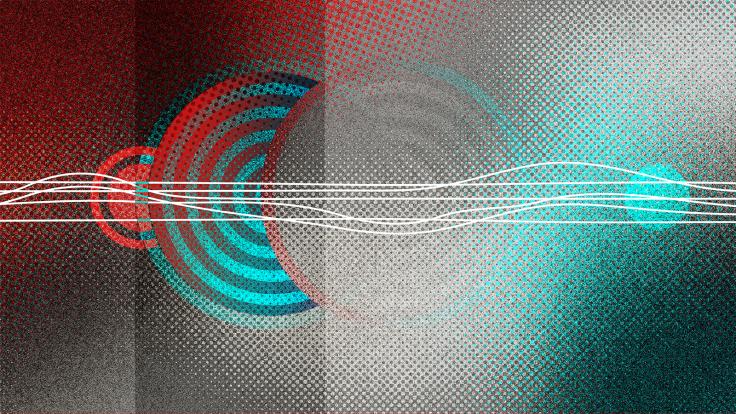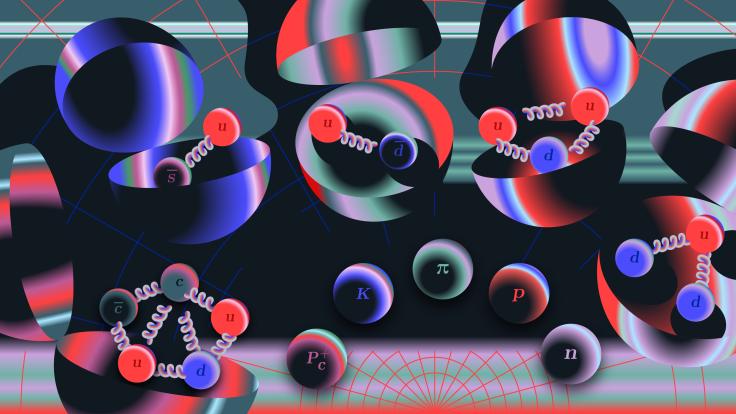Spin is the amount of rotation an object has, taking into account its mass and shape. This is also known as an object’s angular momentum.
All objects have some amount of angular momentum. A spinning coin has a little angular momentum; the moon orbiting the earth has a lot. Like energy, angular momentum is a conserved quantity: The total amount is constant, though it can flow from one object to another. When a spinning figure skater contracts her arms and rotates faster, her angular momentum is unchanged because a narrow object rotating quickly has the same angular momentum as a wide object rotating slowly.
Particles, as far as we know, are infinitesimal points of zero size. Yet they have measurable amounts of angular momentum. Does the concept of rotation even make sense for a featureless speck? Angular momentum seems to be a more foundational concept than rotation itself.
The angular momentum, or spin, of a single particle is restricted in strange ways. It can have only an certain values, and not all values are allowed for all particles. Electrons and quarks (particles of matter) can have a spin of –1/2 or +1/2; photons (particles of light) can have a spin of –1 or +1; and Higgs bosons must have a spin of 0.
Though particle spins are tiny, they have an impact on our everyday world. The spin property of photons allows us to create 3D movies. A movie theater simultaneously projects two images, one with positive-spin photons and the other with negative-spin photons. One side of a pair of 3D glasses filters out the positive-spin photons, and the other filters out the negative-spin photons. We therefore see one image with each eye. Our brains combine them to create the illusion of depth.
It is a fortunate accident of biology that humans have as many eyes as photons have spin states.












